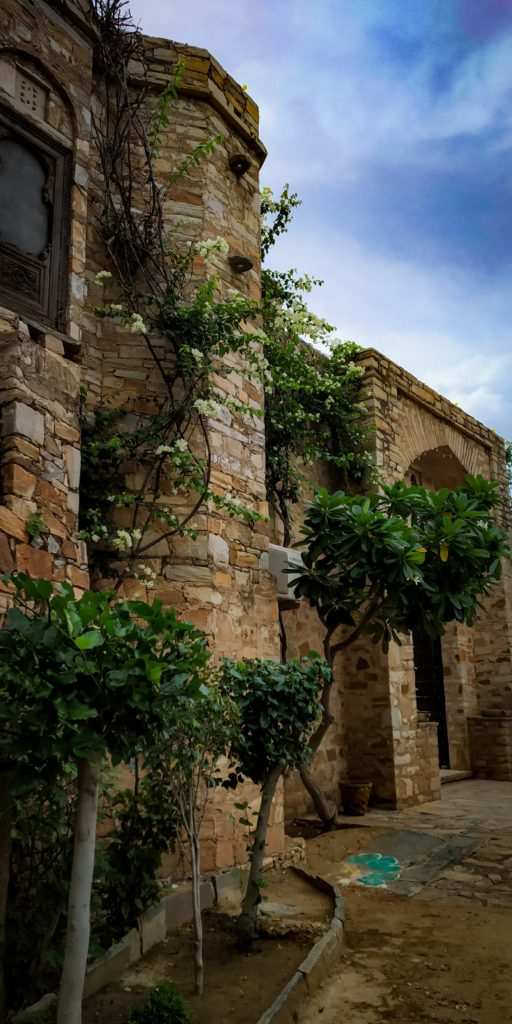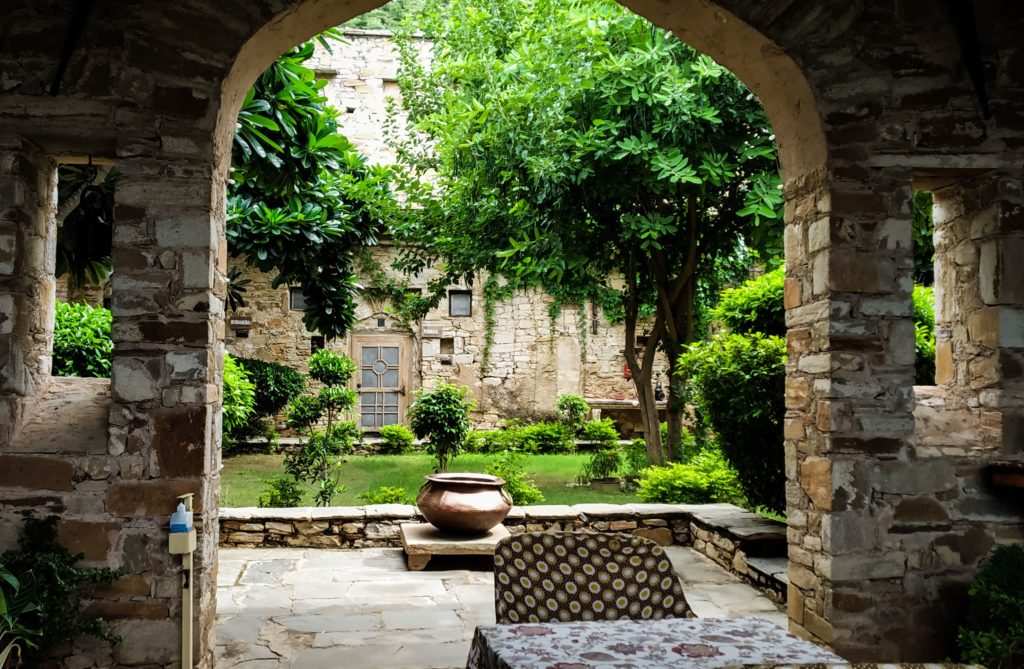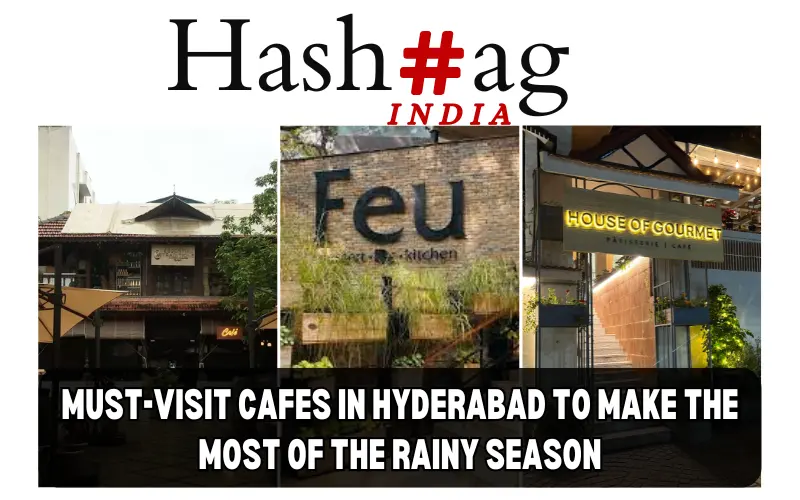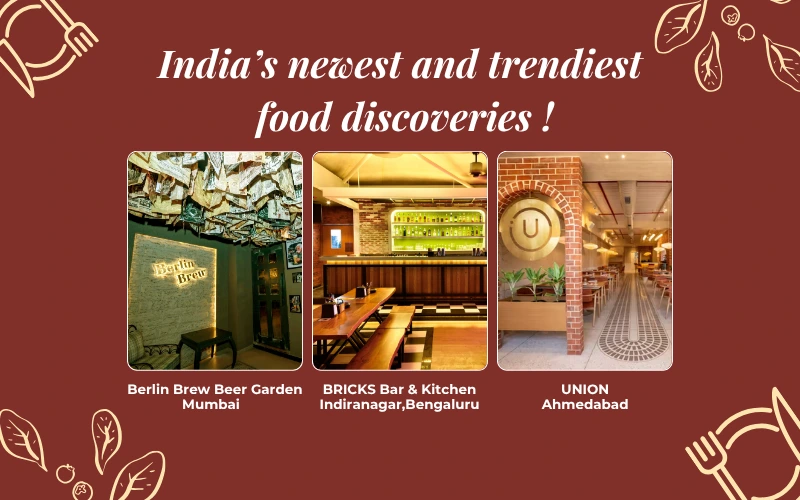Rajasthan is home to many beautiful and historical palaces and forts and one such fort that although isn’t as popular as Rambagh Palace and Umaid Bhawan, yet remains scenic and grand, is the Dadhikar Fort in Alwar. Travel aficionado Devanshi Bakshi spent a weekend at the magnificent heritage hotel and here; she takes us on a virtual tour of the same.
Glorified history and past
Built around 1,100 years ago, amidst the Aravali Hills, as a residential camp by the family of King Chand whose family had to leave their capital, Abhanagari, after having lost everything in floods, The Dadhikar Fort is situated 100 feet over the ground and 342 metres above sea level. The heritage hotel is a stunning property that reflects the culture of ancient India and Rajasthani architecture and art. It is surrounded by lush green forests on all sides, making the fort a paradise for nature lovers. The corridor of the hotel is filled with Bougainvilleas and little relics and antiques from yesteryears. The veranda adorns pictures of Maharajas and Maharanis and traditional hanging umbrellas that make for great props for photographs.

How to get there
Located amidst the Aravali Hills in Matsya Janpad area, it is fairly easy to get to. Just a three-hour drive from Delhi (150 km) and a three-hour 30-minute drive from Jaipur (170 km), the road to the fort is scenic and comfortable.

Rooms and suites
Although The Dadhikar Fort doesn’t have too many categories and numbers of rooms (only 18 in total), every room and suite is spacious, regal and decorated with plush interiors and paintings of erstwhile India. You can choose to take an all-inclusive deal with breakfast, lunch and dinner or go in for bed and breakfast only. The room’s prices start at Rs 5,000 and go on to Rs 15,000. The names given to the rooms caught our attention—Mahavan, Sundervan, Kadambvan, Madhuvan, Kalanjar, Chitrakoot, Rishayamoonk, Nandavan, Himgiri, Dronanchal, Kadlivan, Mainak, Malya, Kokilavan, Prabarshan, Mandrachal and Trikoot.

The heritage hotel is a stunning property that reflects the culture of ancient India and Rajasthani art and architecture.
Delectable food
Enjoy a delectable meal at the multi-cuisine restaurant Akshyabaltoi that is open for buffet for all three meals, or revel in the scenic beauty of the rooftop restaurant along with some traditional folk dance and music. The traditional Rajasthani flavours and spices made the food mouth-watering, to say the least. The Laal Maans and Daal Baati Choorma are must-tries!
Things to do in and around
- Siliserh Lake – A delightful manmade lake and a wellspring of water that encompasses the town.
- Bala Quila
- City Palace that has now been converted to the Alwar Museum
- Karni Mata Sanctuary – A place of worship of Mata Karni, it is very popular during Navratri.
































1 comment
Nice post 👍